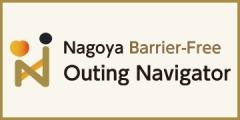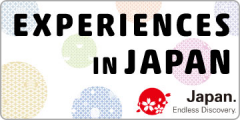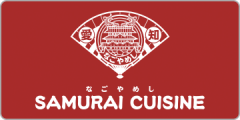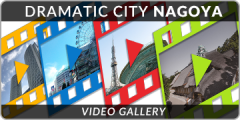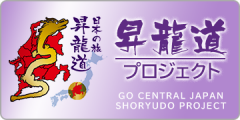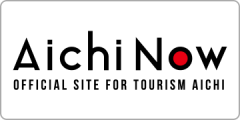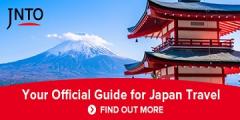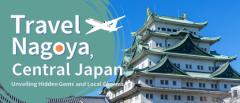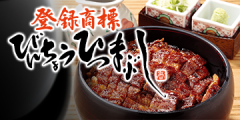- Home
- Sightseeing Spots
Sightseeing Spots
41 - 60 / 214 RESULTS
-
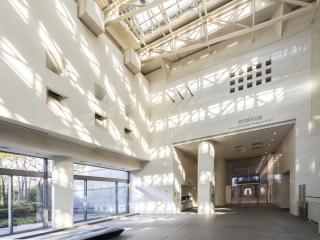
Sakae / Fushimi
Aichi Prefectural Museum of Art
Aichi Prefectural Museum of Art opened in 1992 on the 10th floor of the Aichi Arts Center. The museum collects international and domestic art works from the early 20th century to the present which are shown at permanent collection exhibitions. In addition, temporary exhibitions are held periodically based on various art movements or artists. See More
Aichi Prefectural Museum of Art opened in 1992 on the 10th floor of the Aichi Arts Center. The museum collects international and …See More
-
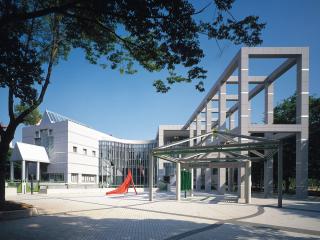
Sakae / Fushimi
Nagoya City Art Museum
A modern building designed by famous architect Kisho Kurokawa, this art museum houses a collection of about 8,500 works that are continually on display including École de Paris artists such as Modigliani, works from Mexican Renaissance, contemporary art, and local Japanese artists. See More
A modern building designed by famous architect Kisho Kurokawa, this art museum houses a collection of about 8,500 works that are …See More
-
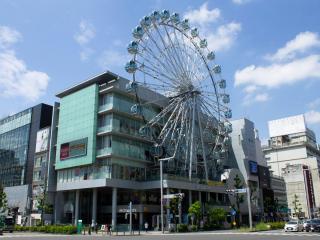
Sakae / Fushimi
Sunshine Sakae
This complex commercial facility features various establishments, including the iconic observation wheel "Sky-Boat," which serves as the symbol of the building. In addition to the amusement facilities, there are cafes, the SKE48 Theater, and a diverse range of shops all gathered together in one place. See More
This complex commercial facility features various establishments, including the iconic observation wheel "Sky-Boat," which serves…See More
-
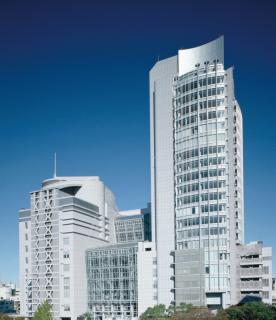
Sakae / Fushimi
Nadia Park
Nadia Park is a new media support (information source) that fills the hearts of all urban dwellers with delightful anticipation. It serves as the core of artistic and cultural activities for young people, providing a comprehensive platform for creative design and expression. Additionally, it houses a high-sensitivity shopping mart and an intelligent office zone, bringing various expectations to life. See More
Nadia Park is a new media support (information source) that fills the hearts of all urban dwellers with delightful anticipation. …See More
-
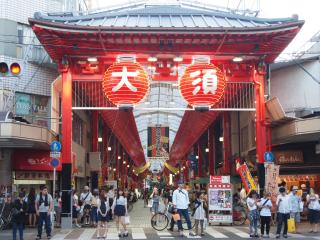
Osu / Kanayama
Osu Shopping District
The Osu Shopping District is a huge and popular shopping area containing over 1,200 shops and restaurants. All kinds of shops, including electrical appliance shops, secondhand clothing stores, restaurants and cafes are open. The mall is always crowded with people and filled with energy. Many events are held throughout the year, including the Osu Summer Festival in August, the Osu Daido-chonin Festival in October and the Osu Setsubun Takarabune Gyoretsu (treasure ship parade) in February. Osu Kannon Temple located was moved from Osu Village, Mino Province to the current location by the Shogun Ieyasu Tokugawa in 1612. The antique market is held here on the 18th and 28th of each month. See More
The Osu Shopping District is a huge and popular shopping area containing over 1,200 shops and restaurants. All kinds of shops, in…See More
-
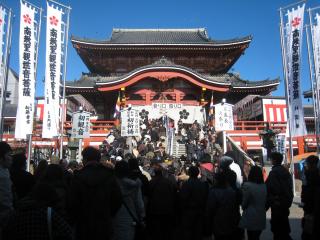
Osu / Kanayama
Osu Kannon Temple
Receive the gift of Kannon's mercy and Tenjin's wisdom The Osu shopping district is huge and popular shopping area containing over 1,200 shops and restaurants. All kinds of shops, including electrical appliance shops, secondhand clothing stores, restaurants and cafes are open. The mall is always crowded with people and filled with energy. Many events are held throughout the year, including the Osu Summer Festival in August, the Osu Daido-chonin Festival in October and the Osu Setsubun Takarabune Gyoretsu (treasure ship parade). Osu Kannon Temple located was moved from Osu Village, Mino Province to the current location by the Shogun Ieyasu Tokugawa in 1612. The antique market is held here on the 18th and 28th of each month. See More
Receive the gift of Kannon's mercy and Tenjin's wisdom The Osu shopping district is huge and popular shopping area containing …See More
-
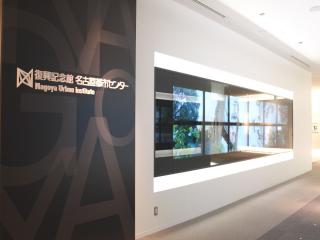
Osu / Kanayama
Nagoya City Center
This community exchange hub was established to commemorate the completion of the urban land readjustment project for reconstruction and to contribute to the development of a new Nagoya city. It offers informative exhibitions that showcase the footsteps of Nagoya's urban planning and various aspects of town development in an easily understandable way. Visitors can also relax in the cafe corner while enjoying the cityscape from 50 meters above ground. Moreover, the facility boasts a specialized library on urban development, a rarity in the country, with an impressive collection of around 79,000 books and administrative materials covering topics such as urban planning, architecture, transportation, and the environment. See More
This community exchange hub was established to commemorate the completion of the urban land readjustment project for reconstructi…See More
-
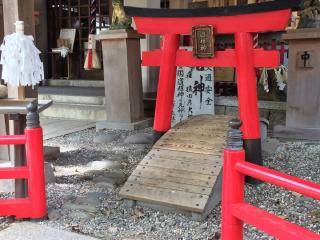
Osu / Kanayama
Susaki Shrine
This shrine is also known as "Hiroi Tenno" or "Ushitora Tenno," and during the Edo period, the Tenno Festival in Susaki was one of the two major festivals alongside the Tokugawa Shrine Festival. The annual festival takes place on July 13th and 14th, with a lantern festival held on the third Saturday of July and the following day. Additionally, this shrine is dedicated to a deity of matchmaking and relationships. See More
This shrine is also known as "Hiroi Tenno" or "Ushitora Tenno," and during the Edo period, the Tenno Festival in Susaki was one o…See More
-
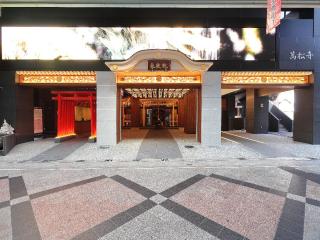
Osu / Kanayama
Banshoji
Banshoji Temple was established to pray for the repose of the soul of Oda Nobuhide (the father of the noted warlord, Oda Nobunaga). The temple was relocated to Osu when Nagoya Castle was built in 1610. Two karakuri mechanical dolls are exhibited: one expresses the scene of Nobunaga throwing incense at his father's funeral, and the other expresses the scene of Nobunaga performing a dance, "Kouwakamai", before going into the battle of Okehazama. See More
Banshoji Temple was established to pray for the repose of the soul of Oda Nobuhide (the father of the noted warlord, Oda Nobunaga…See More
-
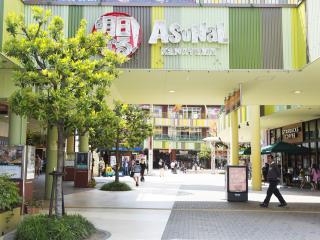
Osu / Kanayama
ASUNAL KANAYAMA
Cheerful and carefree, convenient and comfortable. Asunal Kanayama—A place of exciting events and new discoveries Kanayama—the gateway to Chubu Centrair International Airport. ASUNAL KANAYAMA is a redeveloped commercial establishment outside the north exit of the station, and acts as a shopping mall surrounding an event space. Also acting as a transportation terminal with its parking lot and bus terminal, it creates a bustling space centered around its event space. See More
Cheerful and carefree, convenient and comfortable. Asunal Kanayama—A place of exciting events and new discoveries Kanayama—the…See More
-
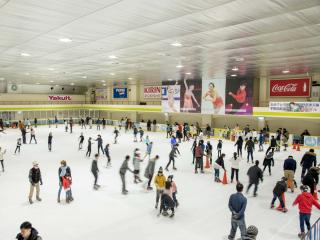
Osu / Kanayama
Osu Skate Rink
Known by the name "Osu Skate Rink," this central city skating facility has produced notable skaters such as Ito Midori, Asada Mao, Murakami Kanako, and Uno Shoma. Beginners and kids can feel at ease as they skate, holding onto cones for support. Rental shoes with two blades, suitable for shoe sizes ranging from 14cm to 16cm, are available. On weekends and holidays, there are lessons specifically designed for beginners, and on weekdays, the Junior School offers a wide range of courses from basic to figure skating, hockey, and speed skating. The gallery corner displays shoes used by Midori, Mao-chan, Kanako-chan, and Uno Shoma, along with other memorabilia associated with them. See More
Known by the name "Osu Skate Rink," this central city skating facility has produced notable skaters such as Ito Midori, Asada Mao…See More
-
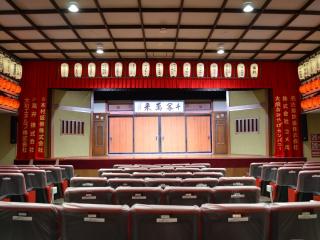
Osu / Kanayama
Osueigijou
The only traditional Japanese vaudeville theater in the Chukyo region, "Osusen-gekijo," closed in February 2014 but reopened as "Osusen-gekijo" in September 2015 after extensive renovations. It holds regular vaudeville performances from the 1st to the 7th of each month and hosts various other shows as a rental venue from the 8th to the end of the month See More
The only traditional Japanese vaudeville theater in the Chukyo region, "Osusen-gekijo," closed in February 2014 but reopened as "…See More
-
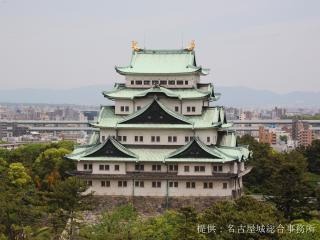
Northern Area
Nagoya Castle
In 1610, Tokugawa Ieyasu began the construction of Nagoya Castle, as a residence for his son Yoshinao. The castle burned down in the war, but in 1959, the five-story main tower keep (approx. 48 meters), with its golden shachi ornaments, and the sub tower keep (approx. 24 meters) were reconstructed. The Nagoya Omotenashi Bushotai greet visitors every day at the main gate, and were the reason behind the bushotai boom across the nation. They also put on an omotenashi performance on weekends and national holidays. In addition, Hommaru Palace was fully opened to the public on June 8, 2018, after the completion of reconstruction work that had taken over 10 years. See More
In 1610, Tokugawa Ieyasu began the construction of Nagoya Castle, as a residence for his son Yoshinao. The castle burned down in …See More
-
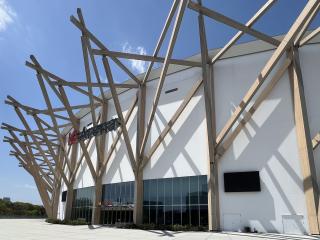
Northern Area
IG Arena
IG Arena opened in July 2025 inside Meijo Park, Nagoya City. One of the largest global arenas in all of Japan, it can accommodate a maximum of 17,000 people for sports competitions, live concerts, international expos, and a myriad of other events. IG Arena is also beloved for its modern and sophisticated design. See More
IG Arena opened in July 2025 inside Meijo Park, Nagoya City. One of the largest global arenas in all of Japan, it can accommodate…See More
-
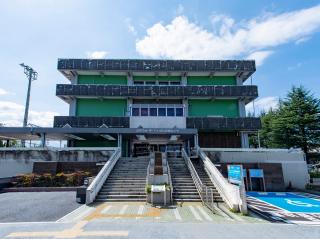
Northern Area
Metawater Nagoya Sewerage Science Museum
In 2020, the Metawater Nagoya Sewerage Science Museum underwent a renewal, transforming into an even more captivating facility with an increase in interactive games and models. It now offers a wide range of experiences for visitors. The museum serves as a public relations facility to help people of all ages, from children to adults, easily understand the mechanisms and significance of the sewerage system, which plays a crucial role in citizens' daily lives. By incorporating interactive games and models, the museum has made the sewerage system more easily understandable and enjoyable for visitors to learn about while having fun. See More
In 2020, the Metawater Nagoya Sewerage Science Museum underwent a renewal, transforming into an even more captivating facility wi…See More
-
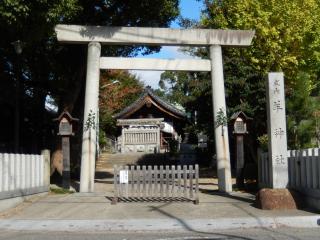
Northern Area
Hitsuji Shrine
The name of the shrine, Hitsuji Jinja is derived from a historical connection to a person called Hitsuji Taif), who was the lord of the Hitsuji clan. According to the inscriptions on the "Tago-hi" monument in Yoshii Town, Tano District, Gunma Prefecture (now part of Takasaki City, Yoshii Town), Hitsuji Taifu used to stop at a residence in this area (currently located in Nagoya City, Kita Ward, Tsuji-cho) during his journey to the capital in Nara. The people of this land wished for peaceful living, and thus, Hitsuji Taifu enshrined the deity of fire, leading to the shrine being called Hitsuji Jinja - the shrine where Hitsuji Taifu prayed for tranquility in people's hearts. The location of Tsuji-cho, where the shrine is situated, is described in the historical document of Owari Province as "Now, the village is called Tsuji, but it used to be known as 'Hinotsuji,' referring to its ass… See More
The name of the shrine, Hitsuji Jinja is derived from a historical connection to a person called Hitsuji Taif), who was the lor…See More
-
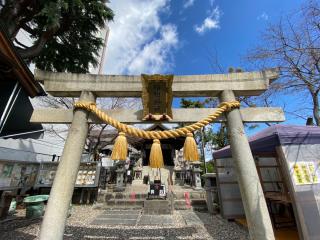
Northern Area
Seimei Shrine
A shrine dedicated to Abe no Seimei, an onmyoji (a practitioner of Japanese esoteric cosmology) from the Heian period. According to tradition, Abe no Seimei once resided in a hermitage in this vicinity. In the past, the area was abundant with marshes and was plagued by "mamushi" (venomous snakes), but it is said that Abe no Seimei performed prayers to confront these challenges, leading to the construction of this shrine in this location. Even today, the shrine continues to attract believers from all over the country as a place of protection against evil spirits and calamities. See More
A shrine dedicated to Abe no Seimei, an onmyoji (a practitioner of Japanese esoteric cosmology) from the Heian period. According …See More
-
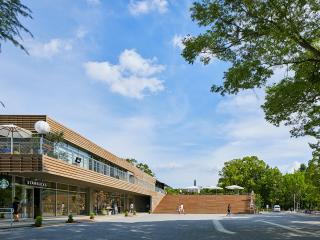
Northern Area
tonarino
This is the first commercial complex within a park in Nagoya, created in the northern area of Meijo Park on April 27, 2017. With the concept of Meijo Park growing as it develops together with its parkgoers, the complex was named "tonarino" (roughly meaning "next to") , imagining the idea of the complex being "next to the castle and next to you." Using the four keywords of "cuisine," "bodily health," "green," and "gatherings," places such as a running station, athletic facilities, cafes and restaurants are featured. See More
This is the first commercial complex within a park in Nagoya, created in the northern area of Meijo Park on April 27, 2017. With…See More
-
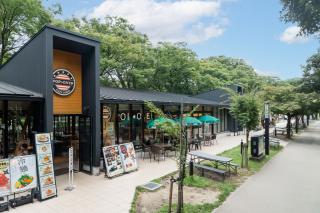
Northern Area
Muneharu Zone of Kinshachi Yokocho
This is one of the commercial establishments to open in two areas of the Nagoya Castle premises on March 29, 2018. The Muneharu Zone, situated in the east gate area of Nagoya Castle owes its name to the seventh provincial ruler, Lord Muneharu Tokugawa, and is created with the concepts of modernity and change. The buildings are constructed with large panes of glass in a bright, and modern Japanese style of architecture. The zone is lined with restaurants where you can eat highly creative cuisine from owners active not only in Nagoya, but all of Japan and abroad. Enjoy yourself in Kinshachi Yokocho during your visit to Nagoya Castle. See More
This is one of the commercial establishments to open in two areas of the Nagoya Castle premises on March 29, 2018. The Munehar…See More
-
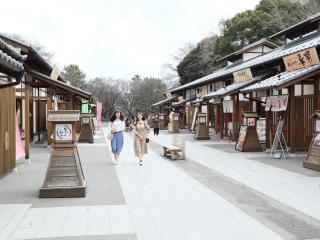
Northern Area
Yoshinao Zone of Kinshachi Yokocho
This is one of the commercial establishments to open in two areas of the Nagoya Castle premises on March 29, 2018. The Yoshinao Zone, situated in the main gate area of Nagoya Castle owes its name to the first provincial ruler of the Owari Tokugawa clan, Lord Yoshinao Tokugawa, and is created with the concepts of tradition and accuracy. The buildings are constructed in a wooden, purely Japanese style of architecture conjuring thoughts of merchant houses from the Edo period. Well-known restaurants offering the unique food culture of Nagoya cuisine, known as "Nagoya meshi", and long-standing, traditional local restaurants are lined up. You can also purchase Kinshachi Yokocho merchandise and famous items from Nagoya the commercial store so you never forget your great time. Enjoy both dining and shopping in Kinshachi Yokocho during your visit to Nagoya Castle. See More
This is one of the commercial establishments to open in two areas of the Nagoya Castle premises on March 29, 2018. The Yoshina…See More





